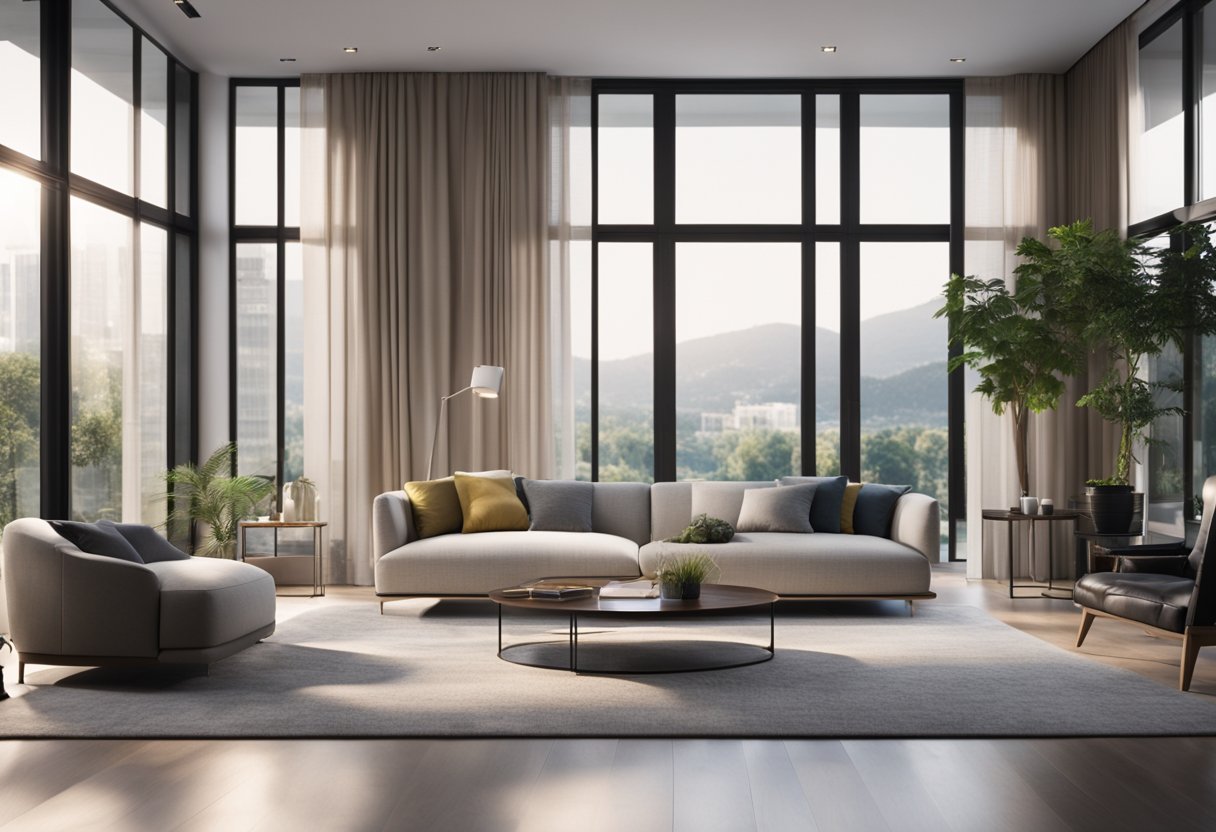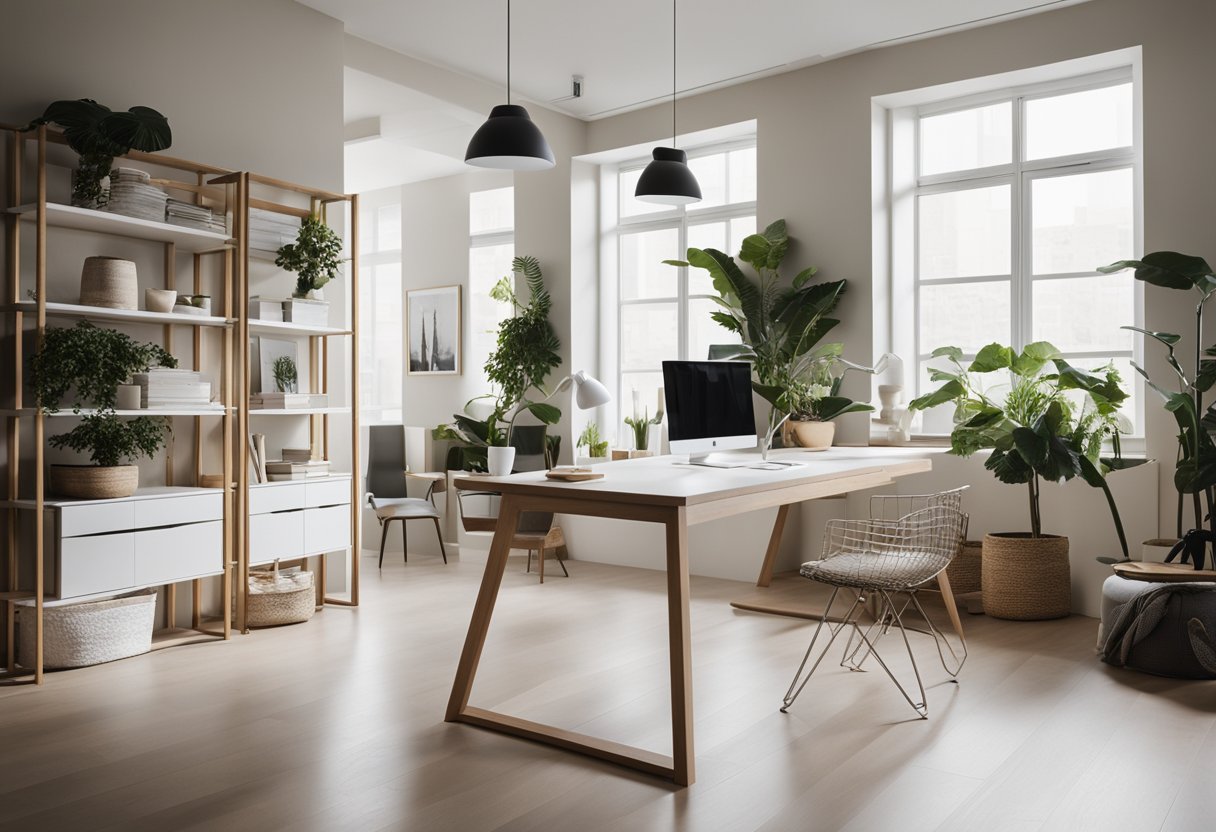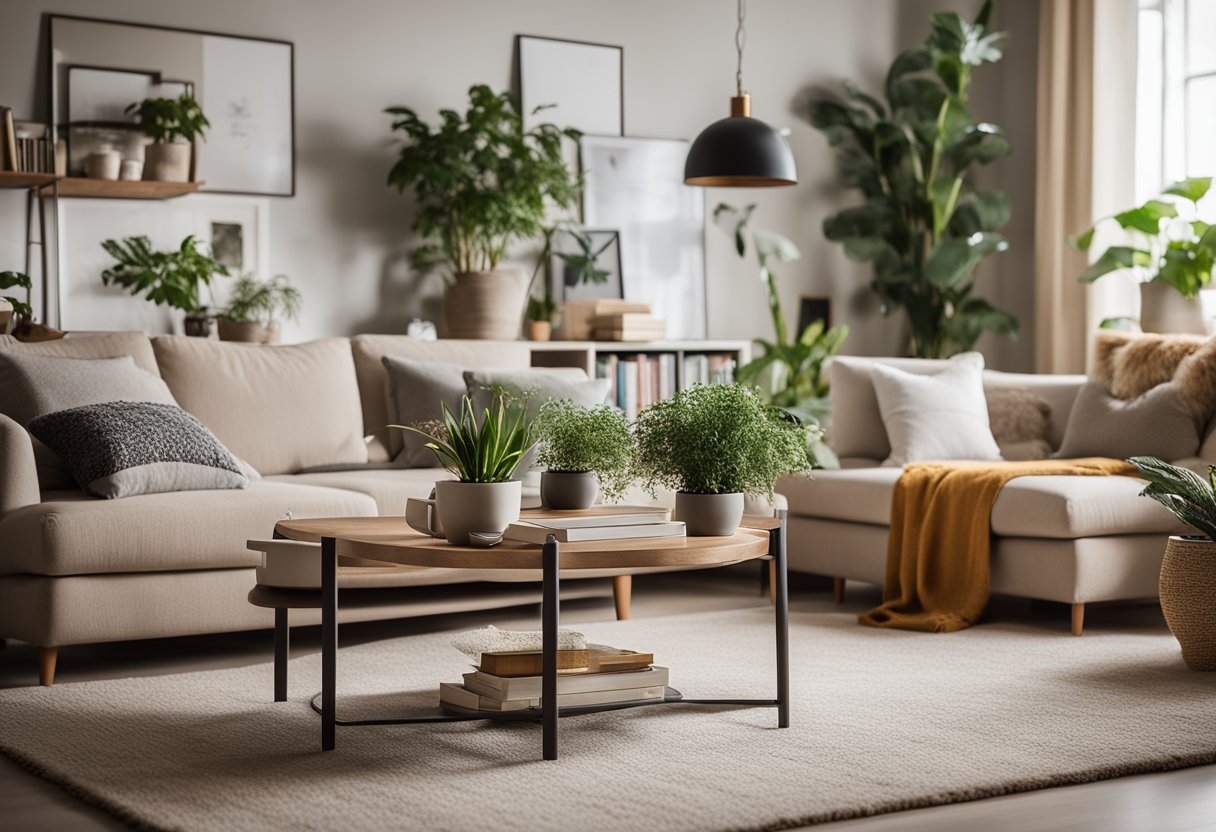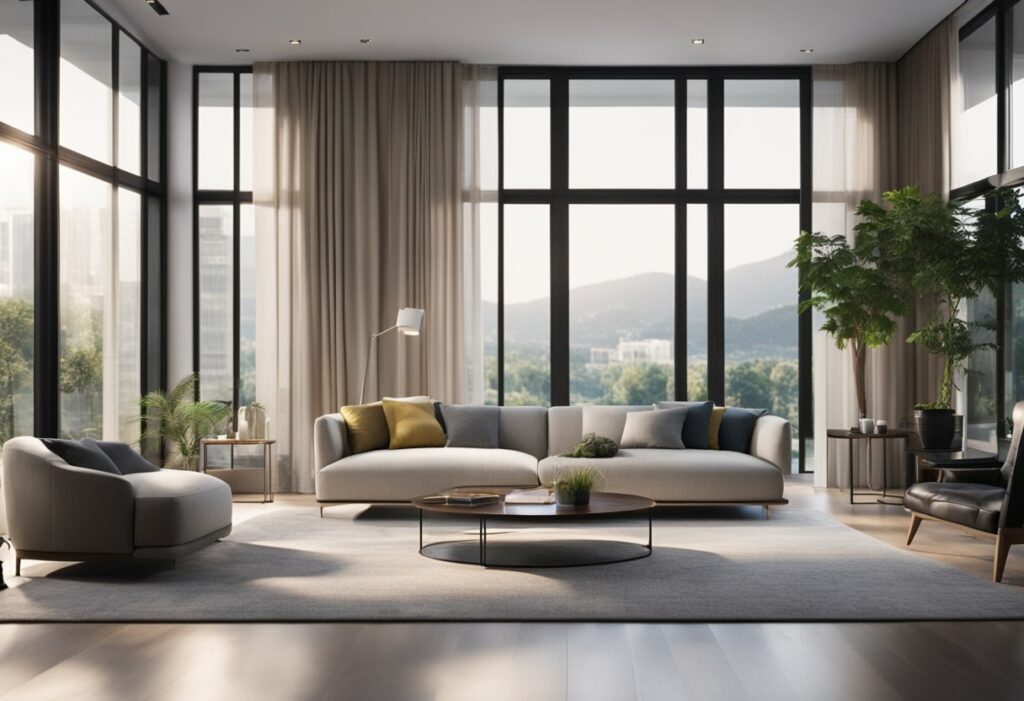ITE Interior Design: Elevating Your Home’s Aesthetics
If you have a passion for design and a desire to create beautiful and functional spaces, then ITE Interior Design may be the perfect career path for you. ITE Interior Design is a course that provides students with the foundational knowledge and skills needed to enter the world of interior design. This course covers everything from spatial organization, furniture design, lighting design, and more.

Through ITE Interior Design, you will gain a deep understanding of the principles of design, including colour theory, balance, and contrast. You will also learn how to use design software such as AutoCAD and SketchUp, which will allow you to create detailed 3D renderings of your designs. Whether you are interested in residential or commercial design, ITE Interior Design will provide you with the tools you need to succeed in this exciting field.
Key Takeaways
- ITE Interior Design provides students with the foundational knowledge and skills needed to enter the world of interior design.
- Through ITE Interior Design, you will gain a deep understanding of the principles of design, including colour theory, balance, and contrast.
- ITE Interior Design will provide you with the tools you need to succeed in this exciting field, whether you are interested in residential or commercial design.
Foundations of ITE Interior Design

If you are interested in developing your skills in interior design, then the Nitec in Interior & Exhibition Design course at ITE is a great place to start. This course will provide you with the foundational knowledge and skills needed to create beautiful and functional interior spaces.
Understanding Interior Design
Interior design is the art and science of enhancing the interior of a building to achieve a healthier and more aesthetically pleasing environment for the people using the space. In this course, you will learn how to develop interior spaces through spatial organization, color, light, materials, and more. You will also learn how to use mathematics to calculate dimensions and proportions, and how to appreciate color and its impact on the design of a space.
Course Essentials
The Nitec in Interior & Exhibition Design course is designed to provide you with a comprehensive understanding of interior design. You will learn about the history of interior design, as well as the latest trends and techniques. You will also learn how to use design software, such as AutoCAD and SketchUp, to create digital designs and 3D models.
To complete this course, you will need to pass a series of modules, including Design Fundamentals, Space Planning, Materials and Finishes, and Professional Practice. You will also need to complete a final project that demonstrates your understanding of interior design principles and techniques.
Navigating Entry Requirements
To be eligible for this course, you will need to have completed your GCE ‘O’ level grades or equivalent. You should also have a good understanding of mathematics, as well as an appreciation for color and design. If you have a color appreciation deficiency, you may need to complete a color vision test before enrolling in this course.
Once you have completed the Nitec in Interior & Exhibition Design course, you will have the skills and knowledge needed to pursue a career in interior design. You will also receive a course certification that will demonstrate your expertise to potential employers.
Advancing Your Design Career

If you are interested in advancing your career in interior and exhibition design, there are a number of ways to develop your professional skills and explore career opportunities in this exciting industry. In this section, we will explore some of the most effective strategies for taking your design career to the next level.
Developing Professional Skills
One of the most important things you can do to advance your design career is to continue developing your professional skills. This might involve pursuing additional education or training, such as obtaining a diploma in interior design from a reputable institution like ITE (Institute of Technical Education). Additionally, staying up-to-date with the latest technology and trends in the industry can help you stay competitive and improve your design skills.
Another important aspect of developing your professional skills is gaining experience in the field. This might involve working as a junior designer or assistant exhibition designer for a private company or in the construction sector. Working with clients and collaborating with other professionals in the industry can help you gain valuable experience and build your portfolio.
Exploring Career Opportunities
There are a variety of career opportunities available in the interior design industry, from working for a private company to starting your own design business. Some common job titles in the industry include interior designer, exhibition designer, and design consultant.
To explore career opportunities in the industry, consider networking with other professionals in the field, attending industry events and conferences, and staying up-to-date with job postings and career opportunities in your area. Additionally, consider building your own brand and online presence to showcase your skills and attract potential clients or employers.
In conclusion, advancing your career in interior and exhibition design requires a combination of developing your professional skills and exploring career opportunities in the industry. By staying up-to-date with the latest trends and technology, gaining experience in the field, and networking with other professionals, you can take your design career to the next level and achieve your professional goals.
Frequently Asked Questions

What qualifications do you need to become an interior designer?
To become an interior designer, you typically need a diploma or degree in interior design or a related field. However, some employers may accept candidates with relevant work experience or a portfolio of their work.
How can I enrol in an interior design course in Singapore?
If you are interested in pursuing a career in interior design, you can enrol in a course at the Institute of Technical Education (ITE). ITE offers a range of courses in interior design at various levels, including Nitec, Higher Nitec, and Diploma.
What can I expect from a career in Interior & Exhibition design?
A career in Interior & Exhibition design can be exciting and fulfilling. As an interior designer, you will have the opportunity to work on a variety of projects, from designing residential and commercial spaces to creating exhibition displays. You will need to have a strong eye for design, good communication skills, and the ability to work well under pressure.
Which institution offers the best design and media courses?
There are several institutions in Singapore that offer design and media courses, including ITE, Nanyang Polytechnic, and LASALLE College of the Arts. Each institution has its own strengths and areas of expertise, so it is important to research each one to find the course that best suits your needs and interests.
What are the different levels of diplomas available in interior design?
There are several levels of diplomas available in interior design, including Nitec, Higher Nitec, and Diploma. Nitec is a basic level course that provides students with a foundation in interior design, while Higher Nitec builds on this foundation with more advanced topics. Diploma is the highest level of interior design course offered by ITE and provides students with a comprehensive education in the field.
How does product design differ from interior design?
Product design and interior design are two distinct fields, although they share some similarities. Product design focuses on the design and development of physical products, such as furniture, appliances, and electronics. Interior design, on the other hand, focuses on the design and arrangement of interior spaces, such as homes, offices, and retail stores. While both fields require a strong eye for design, they require different skill sets and knowledge.



